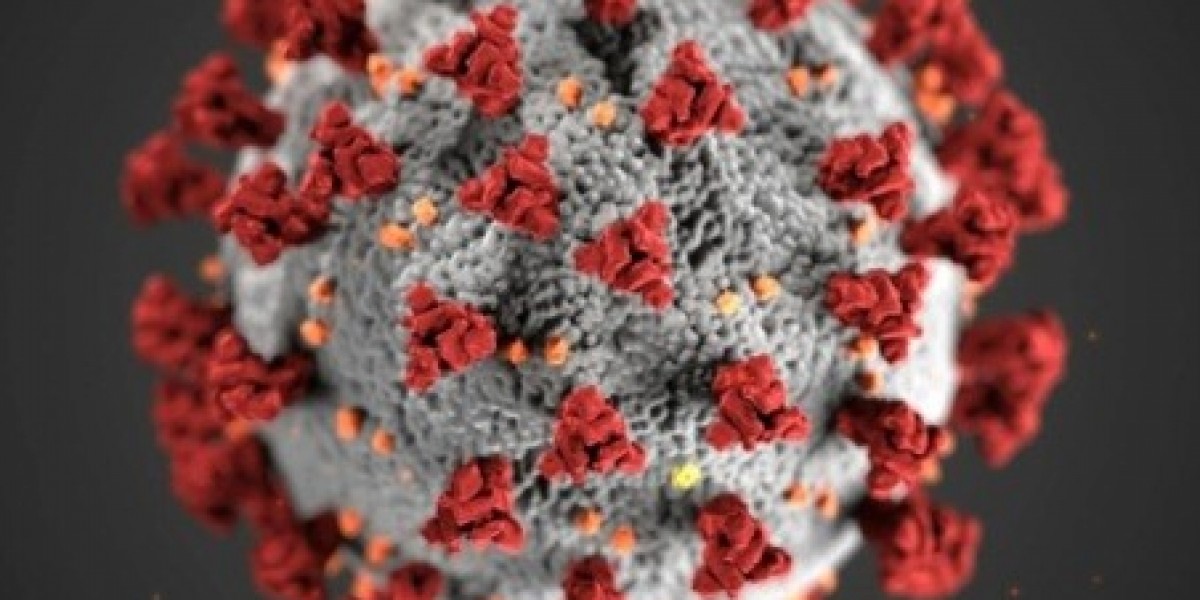The Future of Bacterial Growth: Smart Culture Media in AI-Powered Labs
When we imagine a futuristic laboratory, we often think of robotic arms, digital microscopes, and holographic data projections. But what if I told you that even the humble culture media—the gelatinous or liquid substance we use to grow bacteria—has entered the age of smart technology?
In 2025, smart culture media is not a sci-fi concept. It’s a reality reshaping how scientists grow, monitor, and interact with microorganisms.
What is Smart Culture Media?
Smart culture media refers to media that’s integrated with sensors, responsive elements, or digital interfaces to monitor and sometimes even react to microbial growth. These innovations go beyond simply nourishing bacteria—they actively communicate with researchers. Imagine culture media that changes color not just due to pH changes, but in response to AI-driven triggers that optimize conditions for growth. This is no longer hypothetical; it’s happening in cutting-edge research labs today.
Why It Matters Now More Than Ever
Bacterial research is not just academic—it's at the core of pharmaceuticals, environmental sustainability, and food safety. But traditional culture media hasn't changed much in decades. It’s accurate, yes. But in a world demanding speed, automation, and precision, the old methods are no longer enough.
Smart culture media helps labs:
Detect contamination in real time
Auto-adjust pH or temperature using embedded microchips
Feed real-time data into lab management systems
Reduce waste by improving accuracy and yield
This means faster diagnostics, fewer errors, and sustainable lab practices—critical improvements in a post-pandemic world where every hour can mean lives saved.
AI Meets Microbiology
The fusion of artificial intelligence with smart media is creating a lab environment where machines learn from growth patterns. AI algorithms can:
Predict optimal growth timelines
Adjust incubation variables mid-process
Alert technicians only when human intervention is needed
This smart integration reduces human workload while increasing accuracy and reliability. In industries like vaccine manufacturing or antibiotic discovery, this could shorten development timelines significantly.
Challenges on the Road Ahead
Like any innovation, smart culture media is not without challenges. Cost is a major factor—sensor-embedded or AI-integrated media doesn't come cheap. There's also a steep learning curve for lab personnel, many of whom are more familiar with traditional agar plates than microfluidic chips.
Standardization is another hurdle. With so many companies experimenting with different "smart" features, ensuring compatibility and reproducibility can be difficult. Labs adopting smart media must be prepared for a transition period that includes training, recalibrating expectations, and revalidating protocols.
Real-World Applications Making Waves in 2025
Pharmaceutical QC: Companies are using smart culture media to detect microbial contamination in real time, preventing batch recalls worth millions.
Food Safety Testing: In the dairy industry, rapid spoilage detection is being made possible with embedded biosensors in culture media.
Hospital Labs: Automated detection of antibiotic-resistant strains using responsive smart media is helping curb the spread of superbugs.
What This Means for the Future
We’re entering a golden era for microbiology, one where data-driven insights are blended with traditional methods to yield better results faster. Smart culture media is a perfect example of how even the most “basic” lab tools can evolve dramatically when combined with digital intelligence.
For students, scientists, or healthcare professionals, this evolution offers an exciting glimpse into how labs of the future will operate—not just smarter, but cleaner, faster, and more human-centered.
Browse More Reports:
High-Level Disinfectants Terminal Sterilization Service








